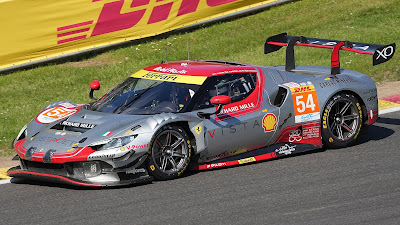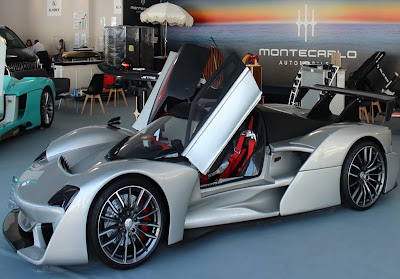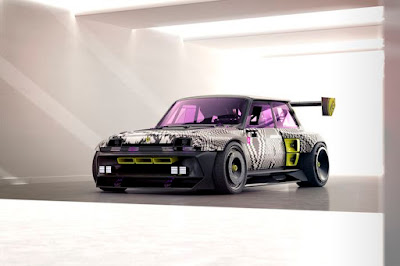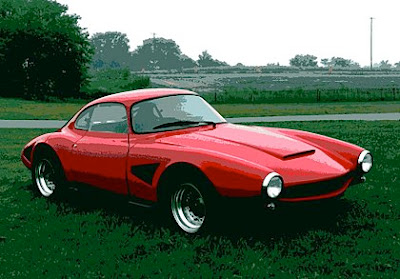Suicide Machine - Racing motorcycles have always been a symbol of engineering creativity, unrelenting determination, and the pursuit of breaking boundaries. Among these remarkable machines, few have captured the imagination and admiration of fans worldwide quite like the iconic Honda NSR500, a true legend in the world of competitive racing.
 |
| Freddie Spencer secured the GP500 championship title in 1985, riding the Honda NSR500, a bike renowned for its unique design and impressive performance despite its unconventional features. (Picture from: GridOto) |
This iconic 2-stroke bike dominated the GP500 era, leaving an indelible mark in the history of motorcycle racing. The Honda NSR500 succeeded the NS500 (V-engine, 3 cylinders), which had previously led Freddie Spencer to win the 1983 GP500 world championship. But there is one version of the NSR500 that stands apart—not just for its performance, but for its daring design.
 |
| Freddie Spencer poses with his Honda NSR500, proudly showcasing the bike without its fairing, revealing its distinctive and unconventional design that set it apart from other racing motorcycles of its time. (Picture from: GridOto) |
This is the story of the 1984 Honda NSR500, the bike that earned the chilling nickname “Suicide Machine.” At first glance, the 1984 NSR500 might seem like any other racing bike of its time when the fairings are in place. However, once the fairings are removed, the bike’s unconventional design becomes apparent. Unlike typical racing motorcycles, the NSR500’s exhaust occupies the space where the fuel tank would usually sit. Astonishingly, the fuel tank was relocated to the undercowl beneath the engine.
 |
| The Honda NSR500 places the exhaust above while the gas tank is relocated to the undercowl for better balance. (Picture from: GridOto) |
This bold and unconventional placement highlights Honda’s relentless pursuit of better weight distribution and aerodynamic efficiency. With this unusual configuration, the first-generation NSR500 was capable of producing an impressive 140 horsepower. This engineering feat was both a blessing and a challenge.
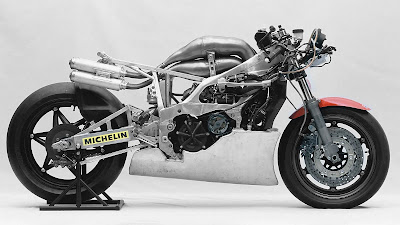 |
| The Honda NSR500, introduced in 1984 with an additional cylinder, succeeded the NS500 (V-engine, 3 cylinders) that had led Freddie Spencer to the GP500 world championship. (Picture from: Retromania4ever on X) |
During its debut season in 1984, rider Freddie Spencer struggled to showcase its potential due to injuries. However, in 1985, the bike and its rider found their stride, clinching the GP500 championship and solidifying their place in motorsport history.
 |
| The Honda NSR500, with its flipped configuration of the fuel tank under the exhaust, could generate an impressive 140 hp. (Picture from: GridOto) |
The unique design of the 1984 NSR500 also earned it a certain notoriety. Spencer essentially rode the bike with the exhaust situated alarmingly close to his chest—a design quirk that made the bike as dangerous as it was innovative. This arrangement led to the “Suicide Machine” moniker, a testament to the risks taken by both engineers and racers in their pursuit of victory. It’s hard to fathom what it felt like to race with such a setup, but it’s clear that courage was as much a requirement as skill.
 This daring chapter in Honda’s racing legacy serves as a reminder of the lengths to which manufacturers and riders go in their quest for glory. The 1984 NSR500 may not have had a flawless start, but its bold design and championship success have made it an unforgettable part of MotoGP’s storied past.
This daring chapter in Honda’s racing legacy serves as a reminder of the lengths to which manufacturers and riders go in their quest for glory. The 1984 NSR500 may not have had a flawless start, but its bold design and championship success have made it an unforgettable part of MotoGP’s storied past.Kept spur your adrenaline
on the power of two-wheeled monster and stay alive with the true safety riding. May God will forgive Your sins and so does the cops...... *** [EKA | FROM VARIOUS SOURCES | HONDA | RETROMANIA4EVER ON X | WIKIPEDIA | MOTOGP ]
Note: This blog can be accessed via your smart phone









